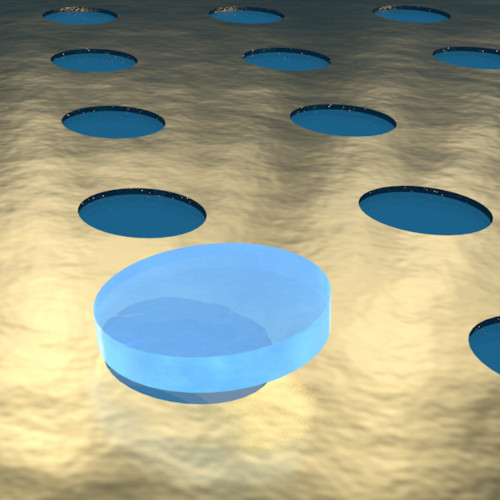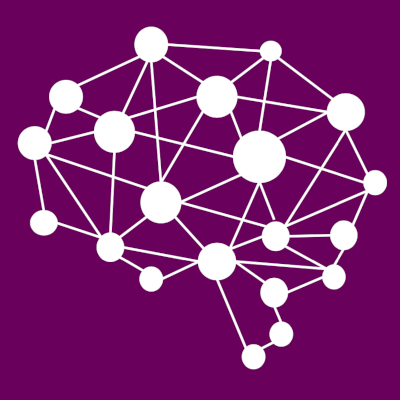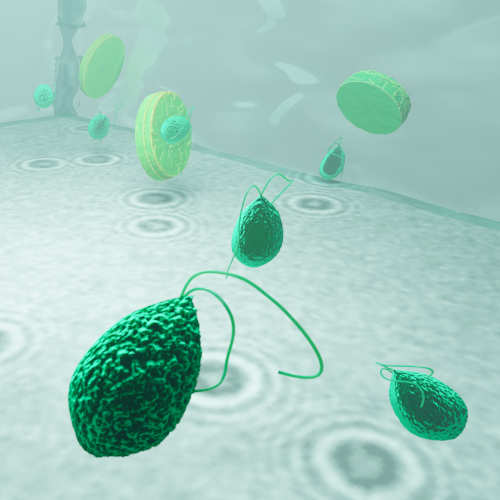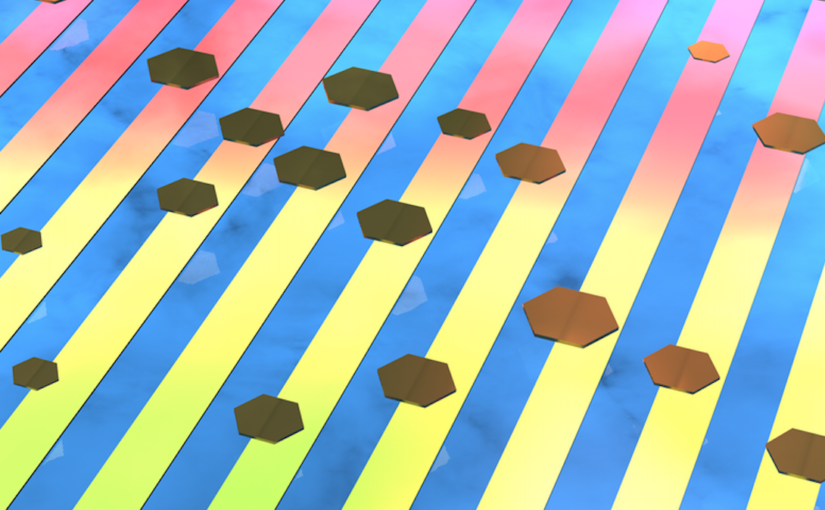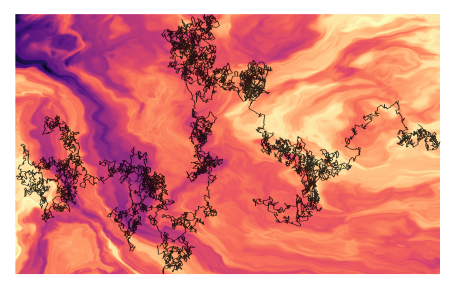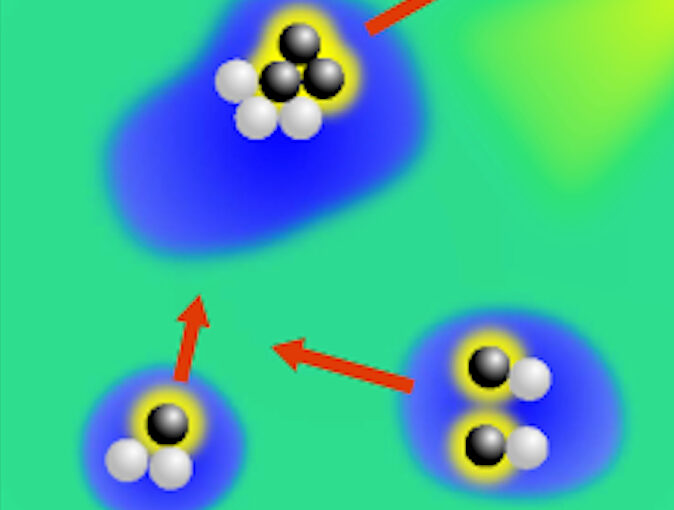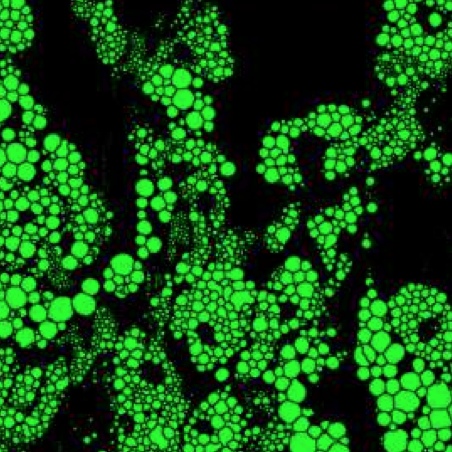The article Objective comparison of methods to decode anomalous diffusion has been featured in the News of the University of Gothenburg.
The study, published in Nature Communications and co-written by researchers at the Soft Matter Lab of the Department of Physics at the University of Gothenburg, originates from the AnDi Challenge, a competition co-organised by Giovanni Volpe with researchers from University of Vic – Central University of Catalunya, Institute of Photonic Sciences in Barcelona, University of Potsdam, and Valencia Polytechnic University.
The challenge was held during March–November 2020 and consisted of three main tasks concerning anomalous exponent inference, model classification, and trajectory segmentation. The goal was to provide an objective assessment of the performance of methods to characterise anomalous diffusion from single trajectories.
Here the links to the press releases:
English: A scientific competition led to improved methods for analysing the diffusion of particles.
Swedish: En vetenskaplig tävling ledde till förbättrade metoder för att analysera diffusion av partiklar.
